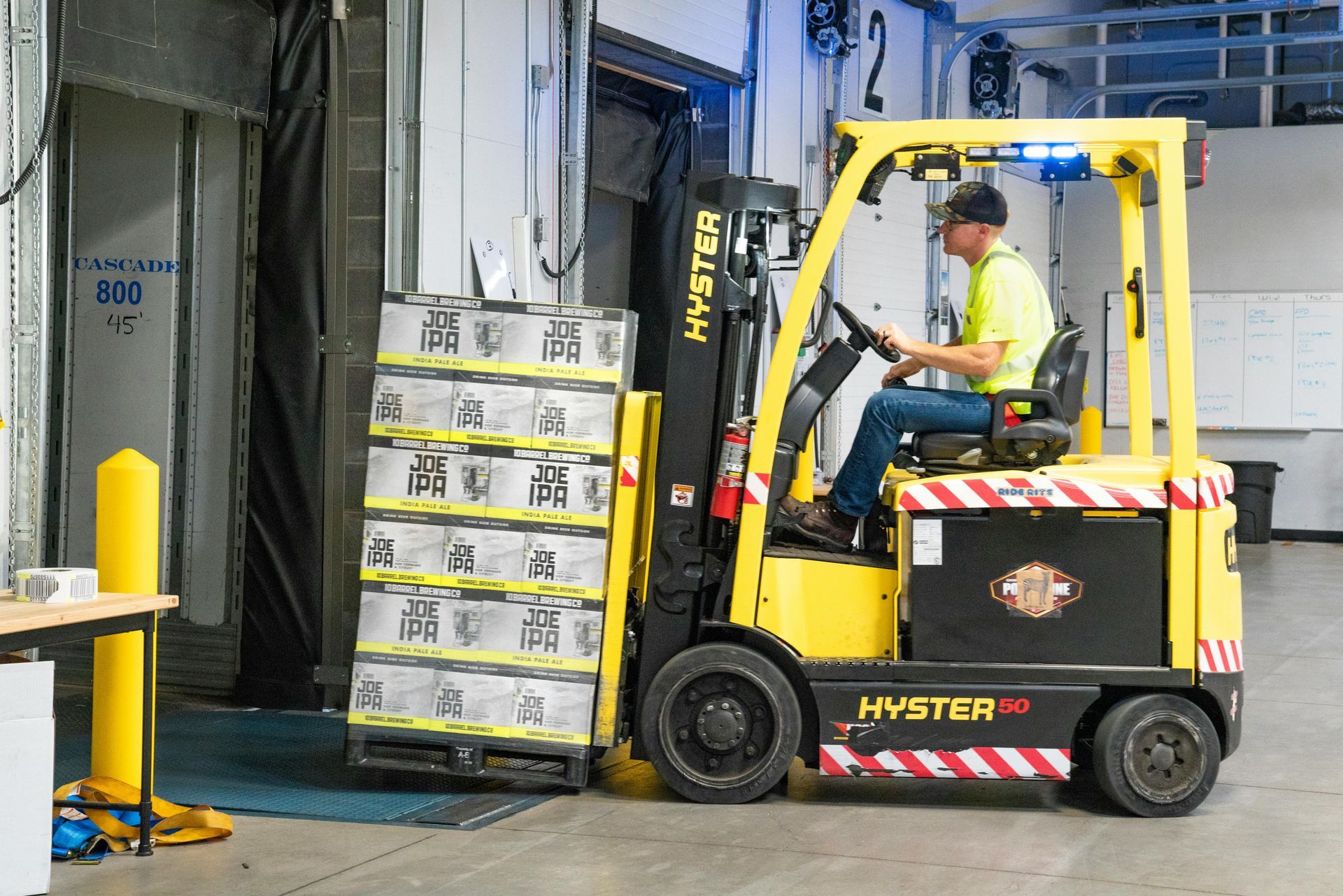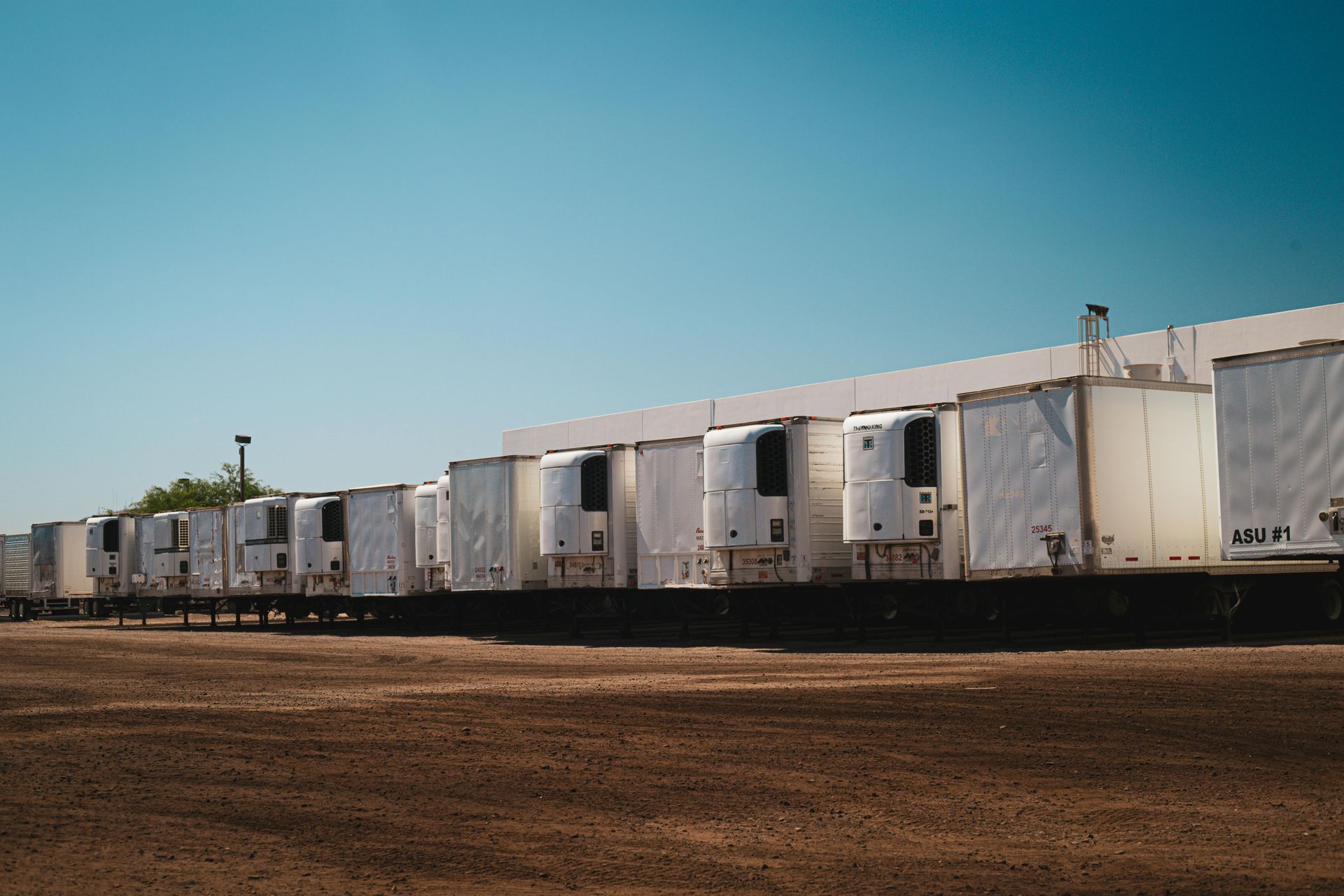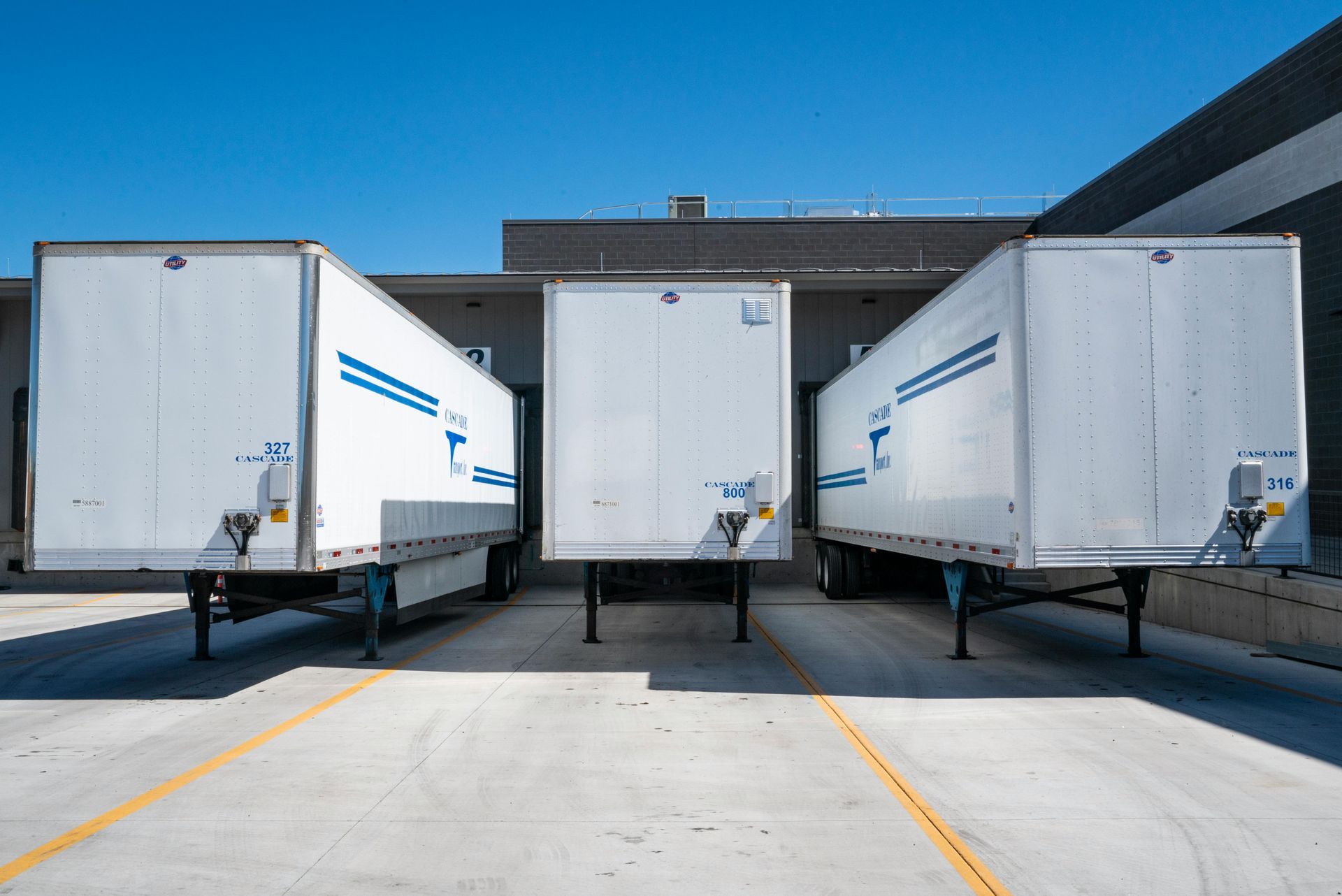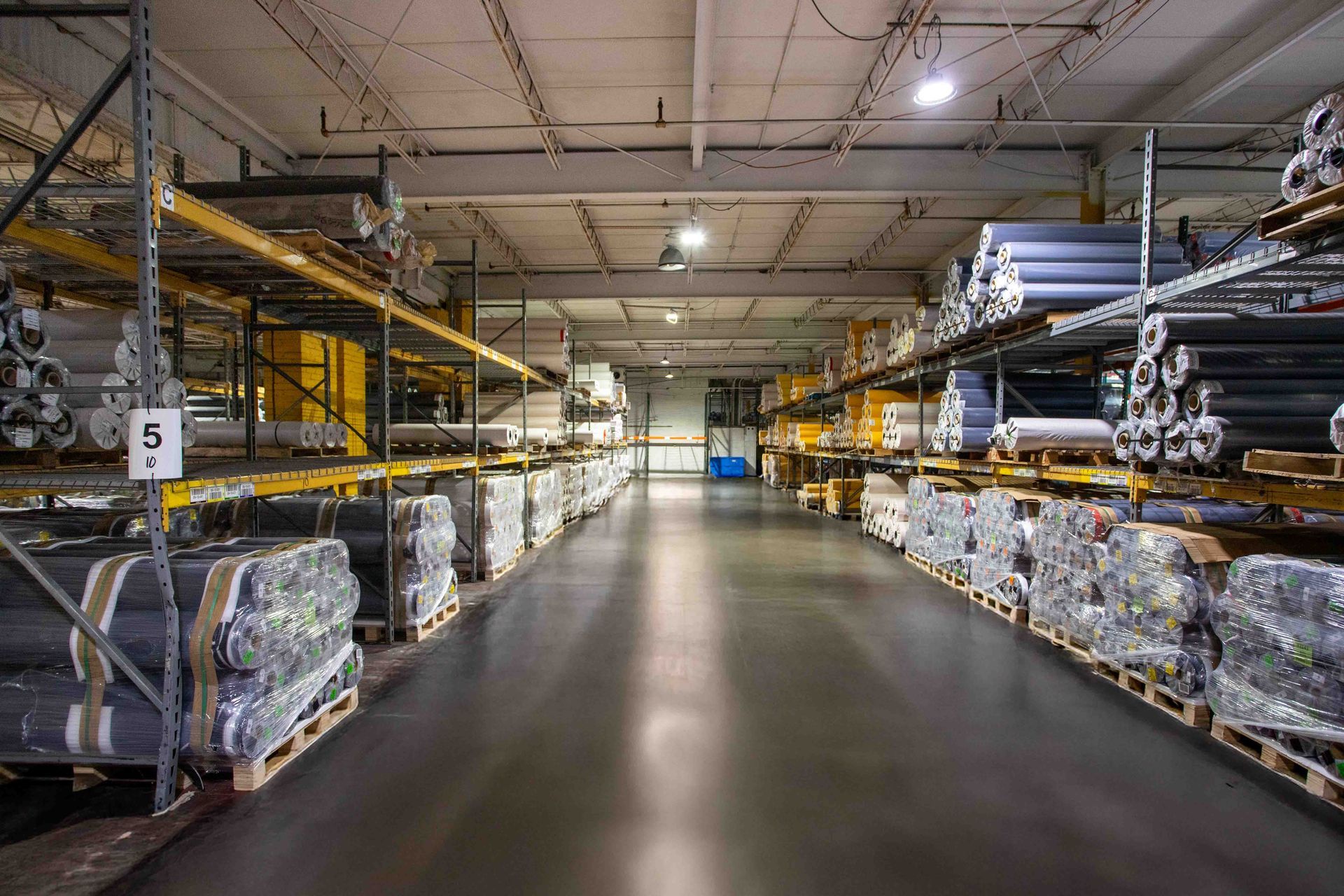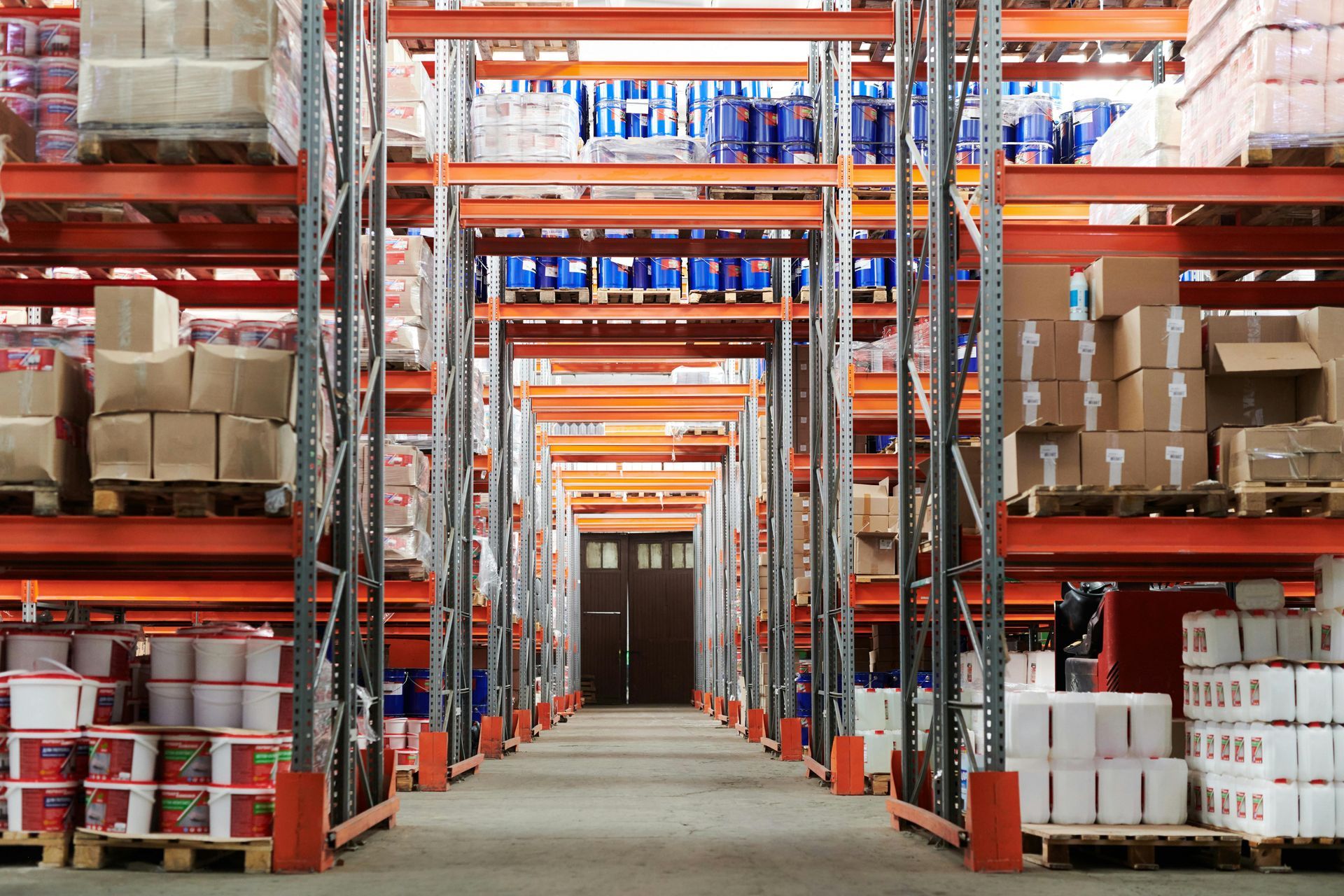
When summer temperatures rise, warehouse work becomes even more demanding. For logistics teams in the Midwest, the heat brings more than just discomfort—it can also create dangerous conditions if the proper precautions aren't taken. From high humidity to sudden storms, Midwest summers present unique challenges for warehouse safety. In this blog, we'll discuss the common risks of working in a warehouse during the summer and offer practical strategies for keeping your team safe, productive, and prepared. The Hidden Dangers of Summer in a Warehouse Unlike office environments, warehouses don't always benefit from complete climate control. Add in the fast pace of logistics work—loading, unloading, operating forklifts—and heat-related risks increase quickly. The following are some key hazards to keep a close watch on. Heat Stress & Dehydration When temperatures rise, so does the risk of heat exhaustion and heat stroke. Workers in physically demanding roles may not notice they're overheating until it's too late. Slippery Surfaces from Condensation Humidity can create slick surfaces near loading docks, cold storage areas, or where hot air meets cold machinery. If not monitored, these slippery zones can be fall hazards. Electrical Risks High temperatures can overheat electrical equipment. On top of that, sudden Midwest thunderstorms can cause surges or outages that put equipment and worker safety at risk. Fatigue-Related Accidents Heat drains energy. In the heat, workers are more likely to make mistakes, lose focus, or move more slowly, increasing the risk of accidents.


